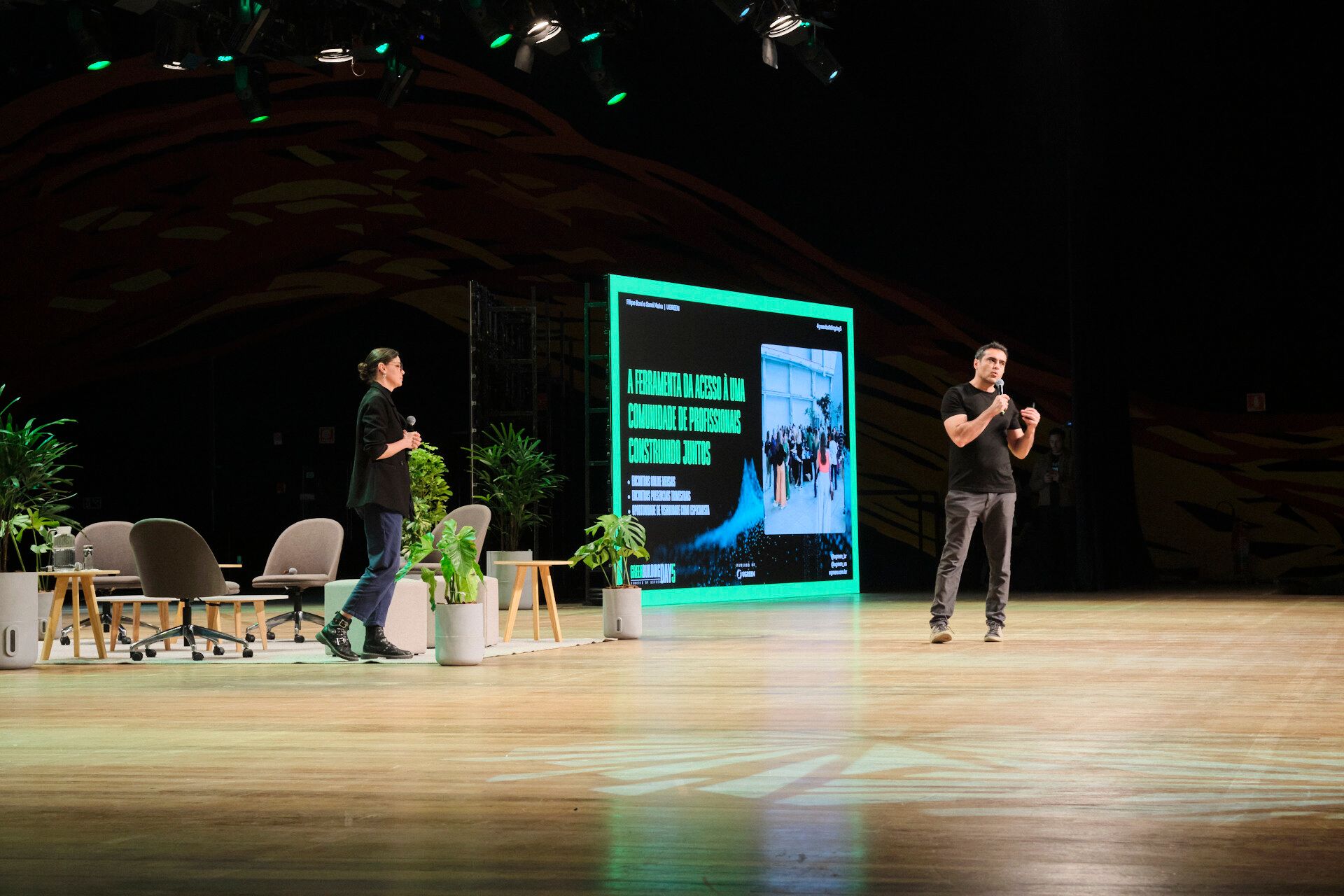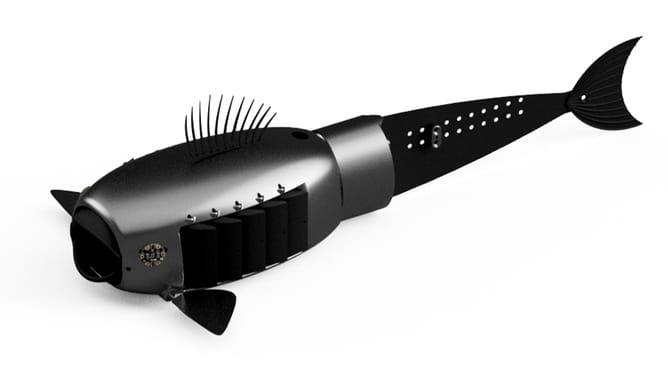- UGREEN
- Posts
- Your $7 sustainable interiors spot expires soon
Your $7 sustainable interiors spot expires soon
Your UGREEN News is here!
Sustainable Interiors Live Workshop
Your $7 sustainable interiors spot expires soon

This is it.
The $7 early bird pricing for our Sustainable Interiors Workshop ends soon, and the next price tier will be significantly higher.
Right now, you have the chance to join a 2-day transformation that will teach you to:
→ Create bold, sustainable environments that traditional methods can't achieve
→ Position yourself in the growing $4.2B premium interior market
→ Master techniques that let professionals charge 30-50% more per project
→ Build a waiting list of clients seeking sustainable solutions
Ausgut 28th & 29th | 100% Online
You'll learn from Filipe Boni and Sami Meira, who have already empowered 40,000+ professionals to become agents of sustainable transformation across 188 countries.
What you get for $7: ✓ Live access to the complete 2-day workshop
✓ Connection to our global professional network
✓ Certificate of participation to enhance your credentials
✓ 7-day money-back guarantee
✓ Method that works in any city, adaptable to your local market
Quick answers to common questions:
No sustainability experience needed - we start from the basics
Can't attend live? Recordings are available as an add-on
Certificate recognized? Yes, perfect for your LinkedIn and client presentations
Works anywhere? Absolutely - the principles are universal
The price increase is coming soon (we're not specifying exactly when, but it will happen).
94% of current-price tickets are gone.
This is your moment to join the sustainable interior design revolution before it costs you more.
Filipe Boni,
UGREEN
P.S. Our mission at UGREEN is making sustainable knowledge accessible to everyone in construction and design. That's why we keep prices low - but only for a limited time. Don't miss this opportunity.
Opinion
How corporate greenwashing evolved from simple lies to sophisticated legal deception

Remember when ESG was going to save capitalism? When every CEO discovered the magic of stakeholder value and sustainable investing was the fastest-growing asset class? That narrative officially died in 2025.
Not because companies stopped caring about the environment—but because we discovered how little they actually cared in the first place.
This year marked the great ESG unmasking. The scandals weren't isolated incidents but symptoms of a systemic failure: sophisticated greenwashing, spectacular governance collapses, and a regulatory retreat that left investors holding worthless promises.
The Evolution of Deception
Greenwashing has gotten smarter. Companies stopped making outright false claims and started exploiting semantic ambiguities and technical jargon. Take Lavazza's "compostable" coffee pods—technically true if you have access to industrial composting facilities, completely misleading for home users who don't.
Adidas claimed "climate neutrality by 2050" without any concrete plan to back it up. When German courts called them out, their response was revealing: they chose to "adjust communications" rather than change operations. Marketing compliance over actual impact.
This isn't lying anymore—it's strategic omission. Companies exploit the gap between technical accuracy and consumer understanding, creating false impressions while maintaining legal defensibility.
Perhaps more cynical was the coordinated corporate retreat from diversity, equity, and inclusion initiatives. Walmart ended its $100 million racial equity fund. Amazon removed diversity language from annual reports. Meta officially ceased its main DEI programs in January.
The excuse? Political and legal landscape changes after Trump's reelection and Supreme Court affirmative action decisions. But the timing revealed the truth—these changes coincided with mass layoffs and cost-cutting measures across the same companies.
When Governance Becomes Criminal
The most damaging revelation wasn't about environmental claims or social programs—it was about the "G" in ESG. Trafigura, a global commodities giant, operated sophisticated bribery schemes for over a decade while participating in ESG-conscious markets.
The scandal exposed the fundamental ESG lie: you can have perfect environmental and social scores while your governance is criminally corrupt. Without ethical foundations, the other pillars are meaningless theater.

But there's light at the end of the tunnel. The credibility crisis has created a historic opportunity for genuinely committed brands to stand out. While corporate giants burn bridges with conscious consumers, authentic companies can win over this disillusioned audience—but only if they can prove real transparency.
The problem is no longer having sustainable practices. It's being able to prove they're real in a market saturated with skepticism. Consumers want evidence, not promises. They want transparency, not polished corporate reports.
This is exactly where independent transparency programs become valuable. Not as another green badge, but as a direct response to the trust crisis that defined 2025.
If your brand has real sustainable practices that can be validated and verified, this might be the perfect moment to position yourself as an authentic alternative to the corporate giants that lost credibility.
Discover how to transform your sustainable practices into real competitive advantage in the post-ESG market.
News
How a student's simple sketch became a global lesson in smart environmental robotics

Picture this: a chemistry student at the University of Surrey draws a fish that could eat plastic pollution. Two years later, that sketch is swimming in UK lakes as a working robot, teaching us something unexpected about how to tackle environmental crises.
Meet Gillbert, the salmon-sized robot fish that's rewriting the rules of environmental technology. Not because it's going to save the oceans single-handedly, but because it's showing us what actually works in the messy reality of pollution cleanup.
In 2022, Dr. Robert Siddall launched the Natural Robotics Contest with a radical premise: anyone could submit a nature-inspired robot idea, and experts would build the winner. Eleanor Mackintosh, a chemistry student, sketched something elegant—a fish that would filter microplastics through artificial gills, just like real fish filter oxygen from water.
The concept won because it captured something the judges saw in every submission: people are genuinely worried about waste. Most contest entries were cleanup robots of some kind, revealing a collective anxiety about our plastic-saturated world.
What Gillbert Actually Does
Gillbert swims with its mouth open, collecting water in an internal cavity. When the mouth closes, the water is forced out through mesh-lined gills that capture particles down to 2mm. It's biomonitoring disguised as a friendly fish robot.
The current prototype moves at a leisurely 5cm per second, operates on a tether, and can't tell the difference between harmful microplastics and essential plankton. By traditional cleanup standards, it's hilariously inadequate. Industrial sand filtration systems remove 95-99.9% of microplastics from wastewater. Gillbert catches what it catches and calls it a day.
But here's where it gets interesting—that's exactly the point.
The Real Innovation Isn't the Fish
Gillbert's makers released all design files as open source, built it entirely from accessible materials like 3D-printed ABS plastic and recycled construction debris, and positioned it not as a cleanup solution but as a data collection platform. The robot costs a fraction of traditional "living walls" or industrial filtration systems.
What they've created isn't a cleanup tool—it's a democratized research instrument. Small universities and research groups can now deploy customized monitoring in understudied freshwater ecosystems where massive industrial solutions make no sense.
The future vision includes autonomous operation and floating docking stations that recharge the robot, download samples, and relay data back to researchers. Think less "save the world" and more "gather the intelligence we need to actually save the world."
Why This Approach Works
Most environmental robotics falls into two camps: impossibly expensive industrial systems that work brilliantly in controlled conditions, or lab-based micro-robots that might work someday. Gillbert occupies the middle ground—good enough to be useful, cheap enough to be deployable, simple enough to be reproducible.
The charismatic fish narrative gets attention and funding, but the real value is in the methodology. Open source design, modular construction, focus on data over cleanup, and acknowledgment of current limitations rather than overpromising future miracles.
The next generation won't be individual robot fish but networked fleets. Underwater communication remains challenging, but teams are developing AI-powered sensors that can identify plastic types in real-time, biodegradable robot materials that eliminate e-waste concerns, and swarm intelligence that lets simple robots cooperate on complex tasks.
The goal isn't robots that clean up our mess—it's robots that help us stop making the mess in the first place by providing the data needed for smart policy and targeted intervention.
Gillbert succeeded by failing to be a silver bullet. Sometimes the most valuable innovation is knowing exactly what your technology can and can't do, then building a community around those honest capabilities.
Filipe Boni,
UGREEN



Reply